This website uses cookies so that we can provide you with the best user experience possible. Cookie information is stored in your browser and performs functions such as recognising you when you return to our website and helping our team to understand which sections of the website you find most interesting and useful.
Italy’s 10 most-planted grape varieties
It is estimated that Italy has in excess of 500 indigenous wine grape varieties, and the country has also become a second home to many international ones too – but which are grown the most?
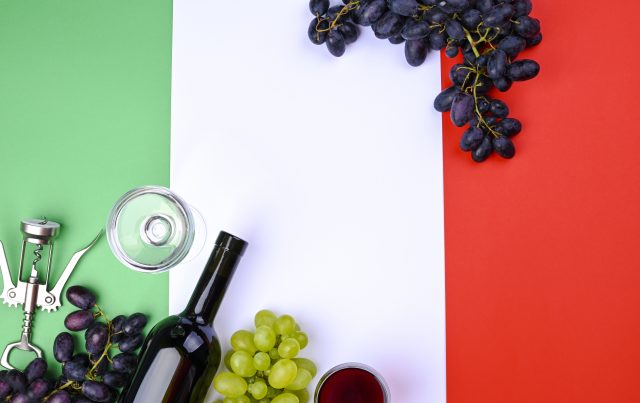
The data, gathered by the Istituto di Servizi per il Mercato Agricolo Alimentare (ISMEA) concerns the hectarage of Italy devoted to different grape varieties as of 2021. ISMEA data on the same subject from 2005 and 2013 also offers an interesting insight into how what is planted in Italy has changed in recent decades.
10) Trebbiano Romagnolo – 15,725ha
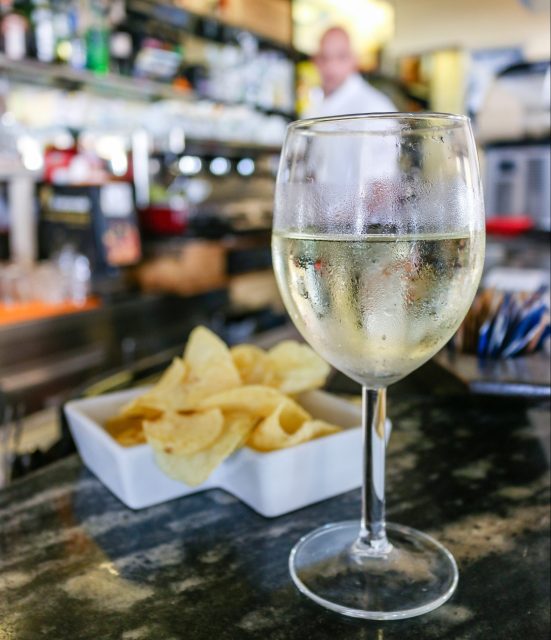
This particular variant of Trebbiano is primarily cultivated in Emilia-Romagna, a region famed for its food and, recently, devastating floods, which were just one of a series of natural disasters that hit the region, as Consorzio Vini Romagna president Roberto Monti recently informed db. In order for a wine to be labelled as Romagna Trebbiano DOC, the grapes must be cultivated in the area of Romagna (which stretches from Bologna, eastwards to Rimini), and the wine must be made with a minimum of 85% Trebbiano Romagnolo, the remainder can be filled with other local white varieties, like Albana. In Romagna, Trebbiano Romagnolo is also used for the production of a DOC-certified spumante.
9) Nero d’Avola – 16,456ha

A grape whose name offers a pretty good indication of its colour, Nero d’Avola is to Sicily what Primitivo is to Puglia: the source of plenty of bulk wine, but also of some more premium expressions. Though its vineyard area has fluctuated over the years, its versatility is gaining appreciation from growers and consumers alike. Some, such as Cristo di Campobello, use it to make rosé sparkling wine, while CVA Canicattì in Agrigento harvests it late to make a sweet wine with 100 grams per litre of residual sugar. As familiar as we may be with inexpensive, bold, fruity and simply Nero d’Avola, it is still a variety capable of surprising.
8) Barbera – 19,814ha
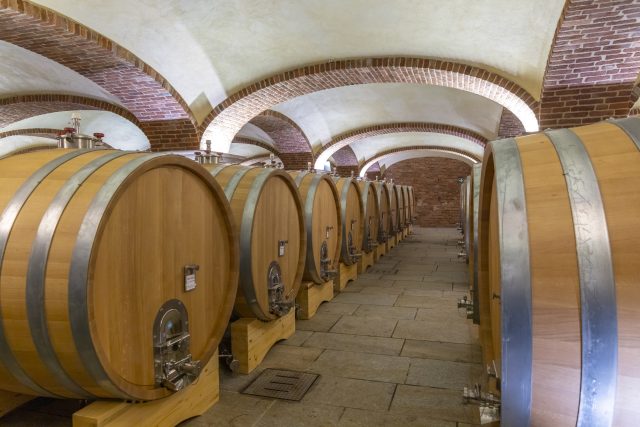
Whether you favour the Barbera of Asti or Alba, this Piemontese variety is the third most-planted red grape in Italy for a reason: the demand for fresh and friendly wines is there. Scandinavians are especially fond of bag-in-box packaged Barbera d’Asti, favouring it over bottles for environmental sustainability reasons, and, according to the Consorzio Barbera d’Asti e Vini del Monferrato, they’re also rather partial to drinking it with cod, as the wine’s soft tannins do not overpower the fish. Although Barbera can be a premium wine, according to some, above all it is prized for its drinkability.
7) Chardonnay – 23,635ha
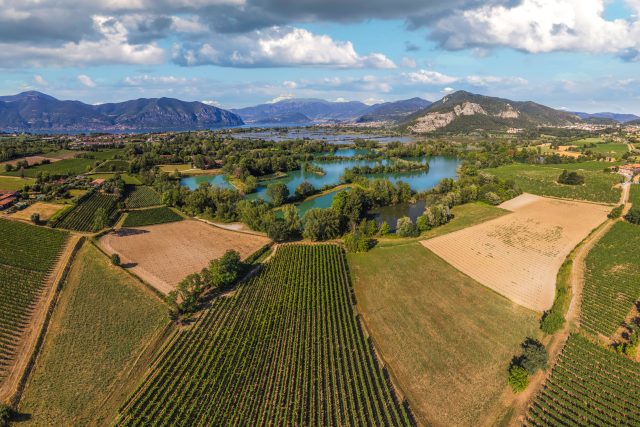
Plantings of Chardonnay in Italy increased by 23% between 2005 and 2021. As far as still wines go, Sicily produces a good deal of well-regarded Chardonnay, though the hectarage of Chardonnay vineyards on the island has actually slightly declined, from around 4,500ha in 2017 to approximately 4,000ha by 2021, according to data from Sicilia DOC. A style that is driving some of the expansion of Chardonnay plantings is sparkling, especially the traditional method fizzes of Franciacorta, Alta Langa and Trento DOC, which make use of this classic Champagne grape variety, both in cuvées and blanc de blanc/bianc ‘d bianc expressions. To read a roundup of 10 of the best Franciacortas, most of which are blended with a high proportion of Chardonnay, click here.
6) Merlot – 24,209ha
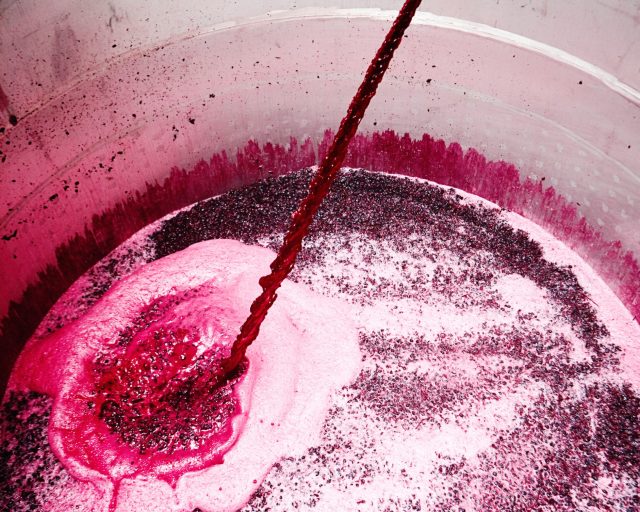
The most widely grown ‘international variety’ on this list, Merlot may have its homeland in Bordeaux, but it’s also enjoying residence in Italy. The north east is widely-believed to have been the first place in Italy where Merlot was widely-planted in the 19th century, with it going under the synonym ‘Bordò’. Today, some of the most interesting wines using Merlot, usually as a constituent part of a Bordeaux-style blend alongside Cabernet Sauvignon, hail from Friuli-Venezia Giulia and also from around the area of Bergamo, in Lombardy.
5) Trebbiano Toscano – 30,006ha
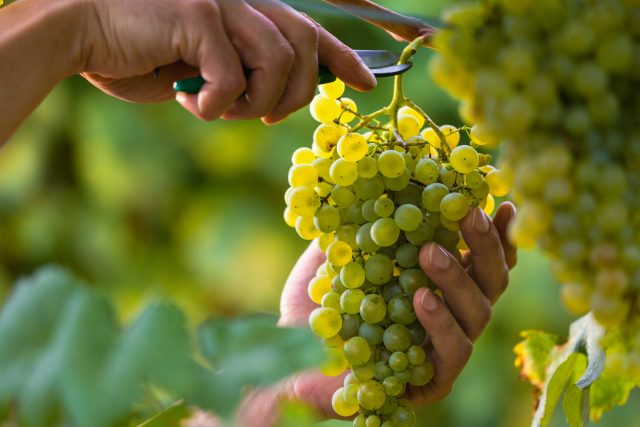
Trebbiano Toscano is a grape with many, many localised names – Brucanico in Siena, Bobiano in Lucca, Albano in Arezzo, Biancone in Cortona, to name but a few cited by the Ministero dell’Agricoltura della Sovranità Alimentare e delle Foreste’s grape variety catalogue. It might be argued that this realtively neutral grape is undergoing something of an identity crisis. The ISMEA data also reveals that it has been going through a planting crisis too, with a 30% decline in the vineyard area devoted to Trebbiano Toscano from 2005 to 2021 – the most severe drop of any variety in the top 10.
4) Montepulciano – 30,829ha

Although every UK supermarket seems to stock Montepulciano d’Abruzzo and it is widely-considered to be a ‘pizza wine’, Montepulciano is a far more versatile grape than it often gets credit for. This year’s Abruzzo Wine Experience, organised by the Consorzio Tutela Vini d’Abruzzo, featured two masterclasses, presented by db contributor Filippo Bartolotta, on styles of Montepulciano that often get overlooked in favour of strong, structured, “Schwarzenegger” wines. The first was on Cerasuolo d’Abruzzo, often considered a dark rosé though more akin to a very light red wine – it’s a fresh, fruity wine that shows that Provence isn’t the only place capable of making pink wines. The second class looked at wines slightly further along the colour spectrum, and how a “light” style of Montepulciano d’Abruzzo is gaining momentum.
3) Pinot Grigio – 32,335ha

Though the growth from 2005 to 2021 was slightly more modest than that of Glera, at 118%, Pinot Grigio is an unassailable force when it comes to still whites. Known for making clean, crisp, and ubiquitous wines, Pinot Grigio is another variety that has premium potential. Consorzio Tutela Vini DOC Delle Venezie director Flavio Innocenzi spoke with db at this year’s Vinitaly about how food pairings and an emphasis on Pinot Grigio as an “expression of the territory” can help that potential to be realised, especially among younger consumers – the Ramato, or ‘copper’, blush expressions of the variety are also worth seeking out. To read about the top 10 wines from this year’s Global Pinot Gris Masters, click here.
2) Glera – 38,892ha
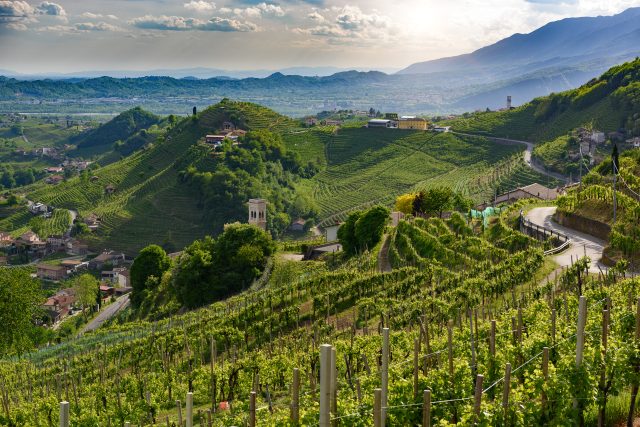
Prosecco is one of the great success stories in the wine world, and the data concerning the planting of the key grape variety for the tank method-produced fizz from north-eastern Italy, Glera, shows just how extraordinary that growth has been. Between 2005 and 2021, the area under Glera vines increased by a staggering 223% – a testament to how producers, co-operatives and major drinks groups have responded to the soaring international demand for Prosecco. Although it has a reputation for being cheap and cheerful, some producers, such as Bisol 1542, are going above and beyond to create premium Prosecco expressions.
1) Sangiovese –67,634ha
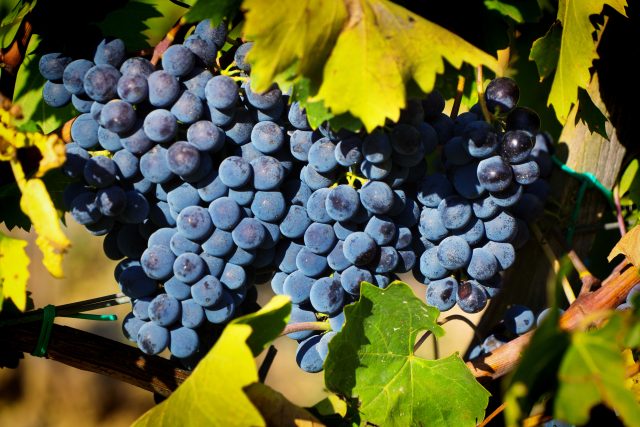
Coming in at number one by quite some distance, with almost 30,000ha more than its nearest competitor, Sangiovese is a grape closely associated with Tuscany, particularly the wines of Chianti and Montalcino, as well as the wines of Montecucco. Indeed, the first reference to the variety, or rather to a variety known as ‘Sangiogheto’, came in Giovan Vettorio Soderini’s 1600 treatise on Tuscan viticulture. But Sangiovese is not exclusive to Tuscany – around 10% of Italy’s total viticultural is devoted to the variety, and around 10% of that is found in Romagna, where the Sangiovese-based wines tend to have a softer structure and a stronger red fruit profile.

